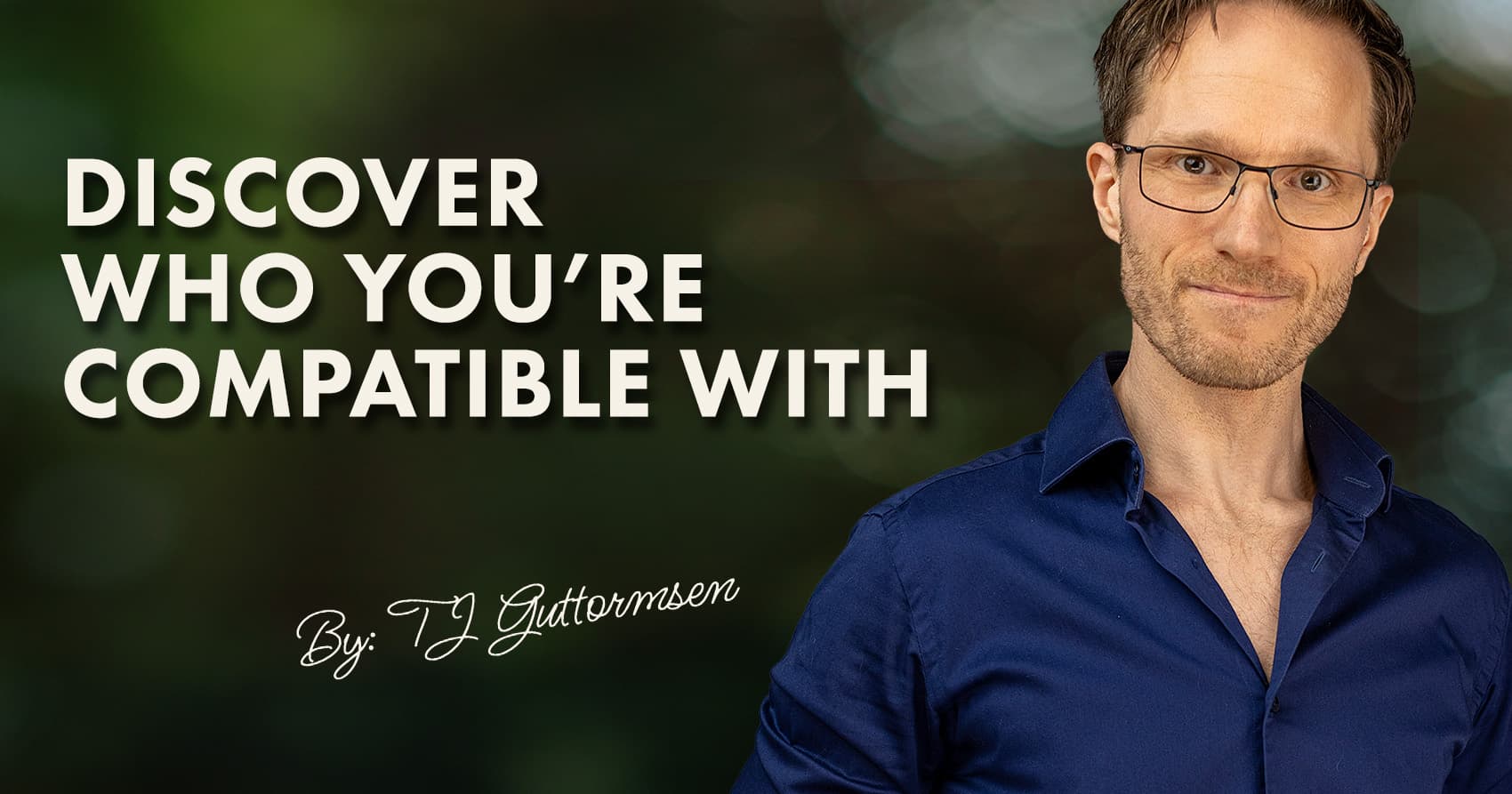New research has found that similar patterns in brain activity can predict friendships. Let's talk about how we can use that to discover and build them.

A fascinating study recently published in Nature magazine suggests that certain similarities in brain activity patterns can predict who in a group will become friends—even before they’ve met.
These findings aren’t just interesting from a scientific standpoint; they also hint at several practical ways we can quickly identify who we might be compatible with when networking or socializing.
So let’s take a look at what the study found—and how we can apply it to our relationship-building.
The researchers from UCLA and Dartmouth put a bunch of graduate students into an fMRI machine, before they met anyone else in their graduate program.
The fMRI was used to scan their brains while the students watched 14 short videos on a wide range of topics—from climate and science to documentaries, debates, music videos, and comedy.
The researchers compared the students’ brain activity patterns and looked for similarities in the regions of the brain that control what we pay attention to, how we interpret our experiences, what we find valuable or funny, and how we emotionally respond to various situations.
Then, over the following eight months, the researchers tracked the students’ social relationships within their graduate program.
And while some demographic factors, like gender, did influence who developed friendships, another clear pattern appeared: people whose brains responded similarly to the same videos also gravitated toward each other socially.
This research suggests that lasting friendships aren't just about shared hobbies or demographics, they're also rooted in something deeper—a shared way of experiencing the world.
In short, when you meet someone whose brain processes information similarly to how yours does, the conversation tends to flow naturally, jokes land more often, and you’ll often have very similar reactions, observations, and interpretations of the world around you.
It is often recommended, even in my online courses, that we make an effort to guide conversations to our personal topics of interest in order to discover what we have in common with others.
And while that’s still good advice, this research suggests other strategies that might help us discover similarities in the aforementioned brain patterns, without needing a medical staff and an fMRI machine. All we need for these strategies to work is the willingness to communicate authentically and openly to discover the similarities.
Here are a few suggestions for how we might do that:
After telling a short story about something you’ve experienced recently that was unusual, surprising, or interesting, pay attention to who focuses on the parts of the story that caught your attention, or who has interpretations of the event that are similar to yours.
To do this, it’s important that you don’t tell people what to think or focus on, but instead simply describe the experience as if they’re watching it on a screen—rather than explaining what you thought and felt as it was happening.
This kind of ambiguous storytelling leaves it up to the listener to inject their own reactions and interpretations into the story, rather than simply mirroring yours.
Look around and comment on something happening around you—the music, the atmosphere of the venue, an interesting person, or whatever.
See who naturally notices, comments on, or responds to similar things as you, or things that you wish you had noticed or commented on first.
This spontaneous environmental commentary can quickly reveal whether your brains tend to focus on and interpret the same things in similar ways.
While most of us share similar emotional reactions to significant events, our reactions to smaller, everyday things tend to differ more.
Noticing that we find the same small things amusing, slightly annoying, moving, and so on, suggests that our brains are paying attention to and putting importance on some of the same things, as well as similarities in values and beliefs.
So as you chat with someone new, observe whether your emotional reactions naturally align.
Do you both find the same things captivating, genuinely touching, or absurdly funny? This emotional matching often happens unconsciously and signals compatibility.
Keep in mind that these aren’t foolproof tests to quickly unmask your new best friend and discard those who there’s no point in talking to.
Lots of factors can influence how well these work, how people respond, and how we interpret their responses, so don’t use this as a “sorting hat” to make up your mind about your compatibility with someone in just a few minutes.
Instead, consider them simple conversational tools that might help you discover compatibility a little more quickly and easily.
And the most telling sign of compatibility hasn’t changed. It’s that feeling that someone just “gets” you—when the conversation flows smoothly (most of the time) and when neither of you needs to extensively explain their thinking or actions for the others to understand them..
If you want to develop more or deeper friendships with others, trust these moments of natural connection and take the initiative to spend more and more time together.
Study: Shen, Y.L., Hyon, R., Wheatley, T. et al. Neural similarity predicts whether strangers become friends. Nat Hum Behav (2025). https://doi.org/10.1038/s41562-025-02266-7
Hi, I'm TJ Guttormsen.
Since 2009 I’ve coached clients ranging from Olympic gold medalists and billionaires, to people who simply want more out life.
I’ve done over 100 national media appearances, published books, and created online courses that have earned several “Highest Rated” titles from their 11 000+ members.
Today I coach clients from all over the world, and teach seminars for business and events from my home in Las Vegas.
Come join me in my Facebook group, follow my Instagram, or subscribe to my YouTube channel for fresh content on a regular basis.

